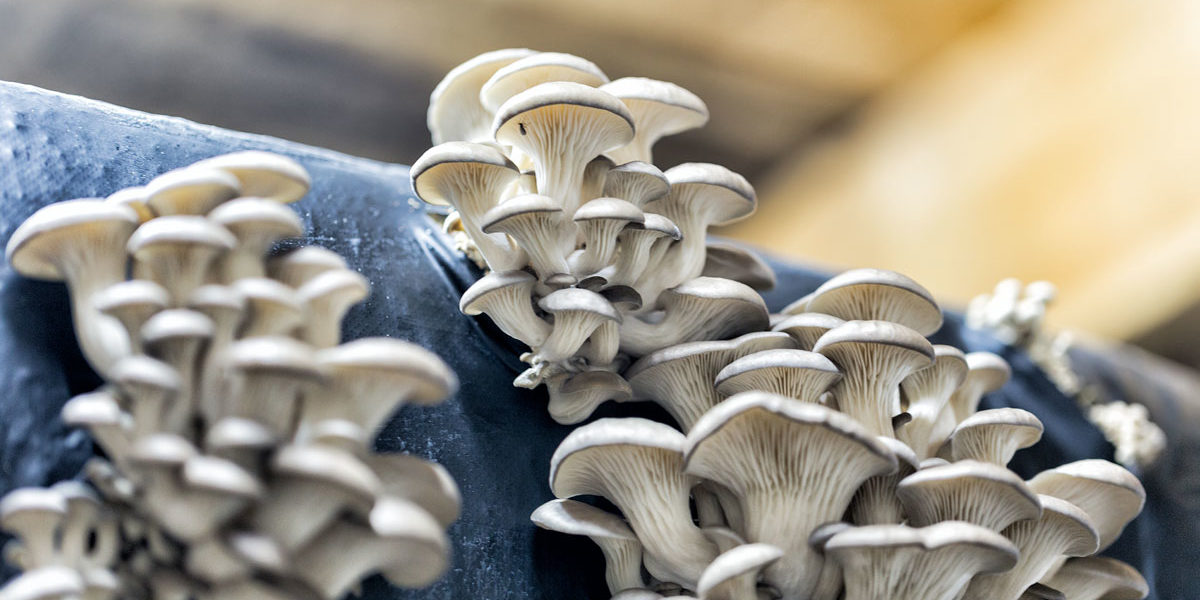Mycoremediation of polluted soils and earth involves taking advantage of the ability of certain strains of lignicolous fungi (wood-degrading fungi) to produce substances (enzymes) to degrade substrates with a chemical structure similar to many organic pollutants. Enzymes produced by the mycelium (the mushroom-producing organism) therefore have the potential to destroy a large spectrum of pollutants. Mycelium may also fix heavy metals in soils.
Mycoremediation is a complex interdisciplinary thematic between microbiological engineering and the contaminated land remediation. It has been studied for more than 30 years but the challenges remaining so far have limited its applicability on an industrial scale.
Bio-inspiration from fungi is one of the pillars of our eco-innovation program. The study of the properties of fungi for the environment allowed us to treat at pilot scale industrial soils heavily contaminated by complex pollution (mineral oils and PAH). Yields up to at 90% were attained, depending on the experimental conditions.
We evaluate each case specifically, knowing the limitations and benefits of the technology, to assess whether mycoremediation is the most appropriate solution from a financial, planning, technical and environmental point of view.








